welcome Learnaimind
AI now handles busywork in minutes, drafts emails on cue, and spins up images or videos in seconds. Access grew fast this year, with smarter assistants in everyday apps and on any device.
Here’s what we cover at a glance: productivity tools that plan your day and automate tasks (ChatGPT, Notion AI, Motion, Zapier), creative tools for images, video, voice, and music (Midjourney, DALL·E, Runway, Descript, ElevenLabs, Suno), plus real gains in healthcare, education, and business. Expect faster imaging reviews and virtual assistants in care, personalized study help for students and teachers, and sharper marketing, sales, and ops through AI-powered automation.
You’ll learn where each tool fits, what it does best, and who should use it. Get quick picks, setup tips, prompt ideas, and simple steps to try them safely and save time.
Below is an expert-curated list of the latest and best AI tools of 2025, carefully grouped by how they benefit professionals, students, and businesses.
Ready to put the latest AI to work? Read on for expert picks you can use today.
Top AI Tools to Boost Productivity in 2025
Want faster results with less effort? These tools remove busywork, connect your apps, and keep your ideas organized. Pick one to start, then stack them as your needs grow.

Gemini in Chrome: Smarter Browsing Made Simple
Gemini now lives inside Chrome. It answers complex searches, summarizes pages, and helps across tabs. You can ask it to compare products, draft emails from open pages, or find a tab you saw last week. Start by updating Chrome and turning on AI features, then use the sidebar or the address bar.
Key wins:
- AI Mode in Search for clearer answers and visual ideas. See the official overview in Google’s guide to Gemini in Chrome.
- Multi-step tasks like “find the best noise-canceling headphones, compare prices, and add to cart.”
- Safety features that warn about scams, risky downloads, or shady checkout pages.
- Student and work boosts: summarize long PDFs, outline research, or prep meeting briefs from tabs.
Quick start: open Chrome, sign in, enable AI features, then ask, “Plan a weekly grocery order under $120 with quick recipes.” Let Gemini build the list and link sources.
Zapier Agents: Automate Workflows Effortlessly
Zapier Agents connect 8,000+ apps to handle data summaries, inbox triage, and customer replies. No coding needed. Agents run in the cloud, so work continues even when you are offline. Create an agent, give it a role, then connect apps like Gmail, Slack, Sheets, and HubSpot.
Great uses:
- Support: draft replies using CRM notes and recent chats.
- Sales: qualify leads from forms, update the pipeline, ping the rep.
- Personal: log expenses from receipts emailed to a folder.
Learn how they work in Zapier’s official guide to Zapier Agents. Tip: start with one clean workflow, then add guardrails like approval steps.
Notion AI: Organize Ideas with Built-in Smarts
Notion AI turns notes, docs, and wikis into a living knowledge base. It drafts, rewrites, summaries, and pulls insights from your team’s pages.
What it does best:
- Note organization with auto-summaries and clear action lists.
- Company knowledge reuse by referencing project docs and team pages.
- Brainstorming for outlines, meeting agendas, and first-draft proposals.
Tips:
- Solo: set a daily notes page template; ask Notion AI to extract tasks.
- Teams: keep a shared wiki; use AI to create rollups, status briefs, and Q&A.
- Getting started: import your docs, tag pages, and add an “Ask AI” block to each workspace.
Creative AI Tools to Spark Ideas in 2025
Need visuals, music, or a quick explainer without a big budget? These tools turn short prompts into ready-to-share content. They work for social clips, class projects, and marketing drafts, and they are friendly for beginners.

Synthesia and Google Veo: Create Videos in Minutes
Synthesia lets you type a script, choose an avatar, and export a polished talking-head video in 140+ languages. It supports accents and voice styles, so you can reach a global audience without reshoots or studios. Great for tutorials, onboarding, or quick product updates. Explore features on the official site for Synthesia.
Google’s Veo boosts realism with sharper scenes, richer motion, and native audio. You can prompt full scenes, camera moves, and sound effects, or upload an image for reference. For marketers and teachers, that means fast storyboards, ad mockups, and visual explainers in minutes. Learn more about Veo’s latest model on the official Veo page.
Quick start:
- Write a short script, 80 to 120 words, then pick an avatar and background.
- Add captions, brand logo, and a CTA at the end.
- For Veo, describe subject, lighting, camera angle, and timing.
Example: “Friendly teacher avatar explains photosynthesis for grade 6, English and Spanish subtitles, clean white backdrop, upbeat tone.”
DALL-E 3 and Midjourney: Generate Stunning Images Fast
These tools turn text prompts into detailed art for ads, thumbnails, and storyboards. Designers love them for speed and style range. Marketers use them for concept tests before hiring illustrators.
Prompt tips that work:
- Start with subject, action, and setting.
- Add style, lens, and lighting.
- Set aspect ratio, for example, “square” for social.
Example: “Cozy coffee shop, rainy window reflections, 50mm lens look, soft warm light, minimalist poster style.”
Suno and Udio: Make Original Music from Ideas
Type a description, pick a style, and get a track that fits your vibe. Both tools are popular for short, viral clips and creator projects.
Good uses:
- Short intro music for YouTube.
- Background loops for Reels or TikTok.
- Fun tracks for school projects.
Example: “90 BPM, chill lofi beat with vinyl crackle, soft piano, 20-second loop, no vocals.”
AI Innovations in Healthcare and Education for 2025
AI is moving from lab demos to everyday help. In clinics, it speeds up imaging and brings assistive tech closer to real independence. In classrooms, it trims study time and makes clear, clean decks from messy notes.

Wearable Brain-Computer Interfaces: Control Devices with Thoughts
Non-surgical BCIs are getting lighter, safer, and faster. Think EEG headbands, dry electrodes, and an AI co-pilot that cleans noise, reads intent, and confirms actions. UCLA’s latest research shows how an AI-assisted wearable can interpret user intent to guide a robotic device, without implants. See the overview from UCLA Samueli on the AI co-pilot for a noninvasive BCI.
What this means for people with paralysis:
- No surgery: Lower risk, quicker setup, easier to pause or remove.
- Faster intent decoding: Less lag between thought and action.
- Safety checks: AI confirms patterns to cut false triggers.
Daily life impact grows as these BCIs link to phones, wheelchairs, and smart homes. Picture hands-free texting, opening a door, or moving a cursor to pay a bill. A UC system recap also tracks this shift to practical use, highlighting progress across labs in a clear summary of noninvasive BCI advances.
Advanced AI for Heart Health Monitoring
Cardiac imaging is getting a clarity boost. A new class of tiny, AI-aware cameras and catheters helps spot hidden risks inside vessels, then flags patterns linked to plaque or micro-tears. Doctors see the problem earlier, with fewer blind spots.
Ultrasound also gets a lift. Systems like Esaote’s latest platforms use AI to set presets, guide probe position, and auto-measure valves and chamber size. The result is a cleaner view and faster reads in busy clinics.
Key wins you feel as a patient:
- Quicker scans: Less time on the table, faster follow-ups.
- Sharper triage: Clearer images mean fewer repeat tests.
- More accurate views: AI assists, doctors decide with confidence.
NotebookLM and Presentation Builders: Simplify Learning
Study tools now act like a teacher’s aide in your pocket. NotebookLM organizes sources, pulls summaries, and keeps citations in view. You can upload articles, class notes, and PDFs, then ask for outlines, flashcards, or quick explainers. 2025 updates focus on clarity and safety, with tighter source links and guardrails against messy or biased output.
For slides, Gamma and Copilot speed up ideation and design. You paste an outline or doc, pick a tone, and get clean slides with images, speaker notes, and a consistent style.
Where this helps most:
- Research packs: Turn mixed PDFs into a study brief with key quotes.
- Exam prep: Generate practice questions and memory cues from your notes.
- Presentation polish: Draft slides in minutes, then refine the narrative.
Try a simple flow: drop your class readings into NotebookLM, ask for a 5-point summary, then send that outline to Gamma or Copilot to build a deck. Students, teachers, and busy pros save time while keeping sources front and center.
Business AI Tools to Drive Success in 2025
AI now sits in your daily stack, not on the sidelines. These tools help teams write better, reply faster, and build software without a full dev crew. Start small, then scale as wins stack up.

Jasper AI: Write Content Like a Pro
Jasper helps you produce blog posts, landing pages, and ad copy in minutes. It includes grammar cleanup, tone control, and built‑in checks for SEO and originality, so drafts are clear and safe to publish.
Quick wins:
- Blog outlines, intros, and FAQs aligned to target keywords.
- Ads and social posts tested in multiple angles, voices, and lengths.
- Style guides that keep brand voice steady across teams.
Setup tips:
- Feed brand voice rules and 5 great past articles.
- Add a keyword list and desired reading level.
- Use plagiarism and grammar checks before export.
Success story: a 4-person team moved from two posts a week to five, while cutting edits by half.
Email Assistants: Handle Messages Quickly
Sales and support teams use AI to draft instant replies, score intent, and route follow-ups. HubSpot’s email writer speeds up outreach from CRM data. Reply.io suggests replies, sequences, and A/B tests that keep your volume high without losing tone.
How to integrate with workflows:
- Pull product data and past tickets into reply templates.
- Add rules for handoffs, approvals, and high-value leads.
- Log outcomes to your CRM for clean reporting.
Time savings: teams report a 40 to 60 percent cut in inbox time and faster first response for inbound leads.
No-Code App Builders: Develop Without Programming
Build internal tools and workflows without writing code. Lovely turns plain language into working app screens and basic automation. Cursor accelerates low-code builds with AI suggestions, component scaffolds, and quick bug fixes, so non-engineers can ship useful tools.
Where this shines:
- Dashboards for ops, inventory, or field teams.
- Lightweight portals for partners or clients.
- Data entry apps that match your exact process.
Setup tips:
- Start with one process and a simple data model.
- Reuse components, then add roles and permissions.
- Ship a v1 in a week, gather feedback, and iterate.
Note for small businesses: some Google AI features have free tiers with usage caps; advanced features often need paid plans.
What to Watch in 2025
| Trend | What It Means |
|---|---|
| AI Regulation | Governments are tightening rules on data usage and copyright — compliance is key. |
| AI Assistants Everywhere | From browsers to phones, personalized AI agents are becoming standard. |
| Ethical Use in Education | Schools are balancing innovation with academic integrity guidelines. |
| AI + Cybersecurity | Expect AI tools to protect against AI-powered attacks. |
Final Thoughts
AI in 2025 is not just for experts — it’s for everyone.
Whether you’re a student writing essays, a business owner planning strategy, or an employee automating reports, AI tools are the new productivity partners.
Choosing the right one depends on your goals, but the tools above are proven, reliable, and future-ready for real-world success.

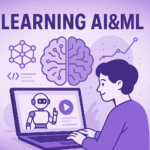
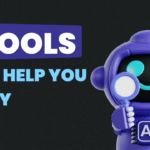
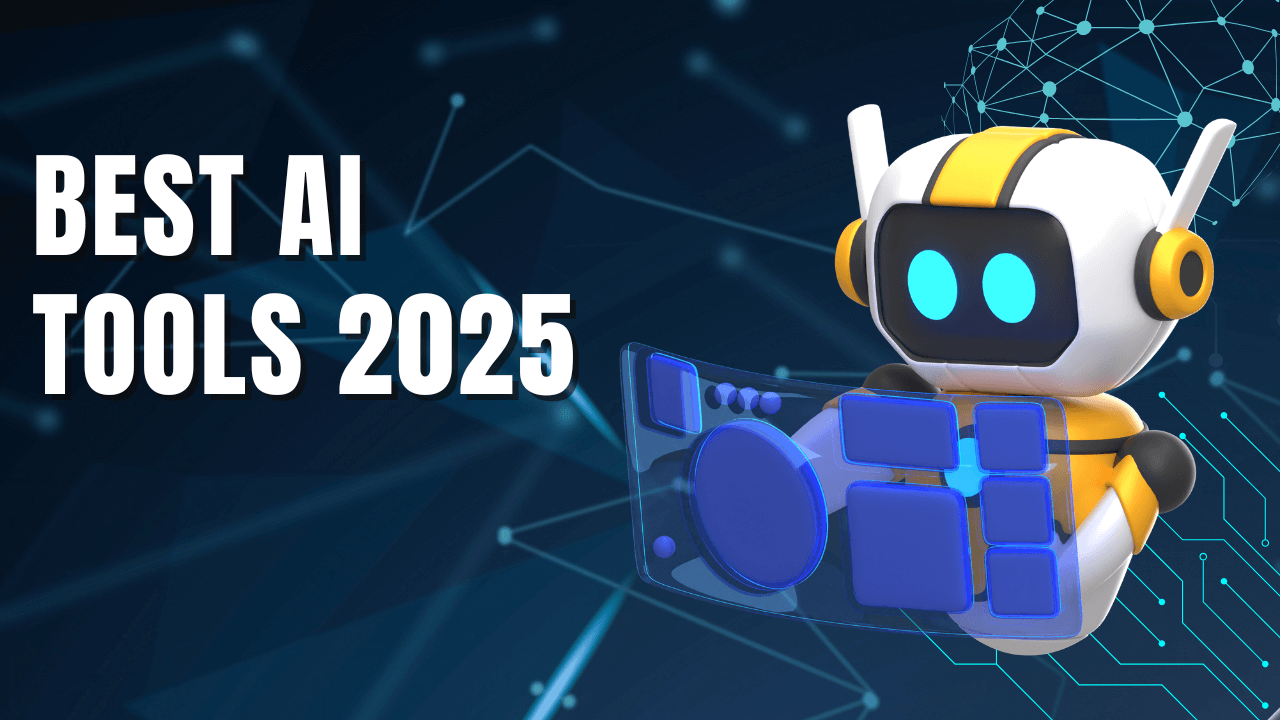
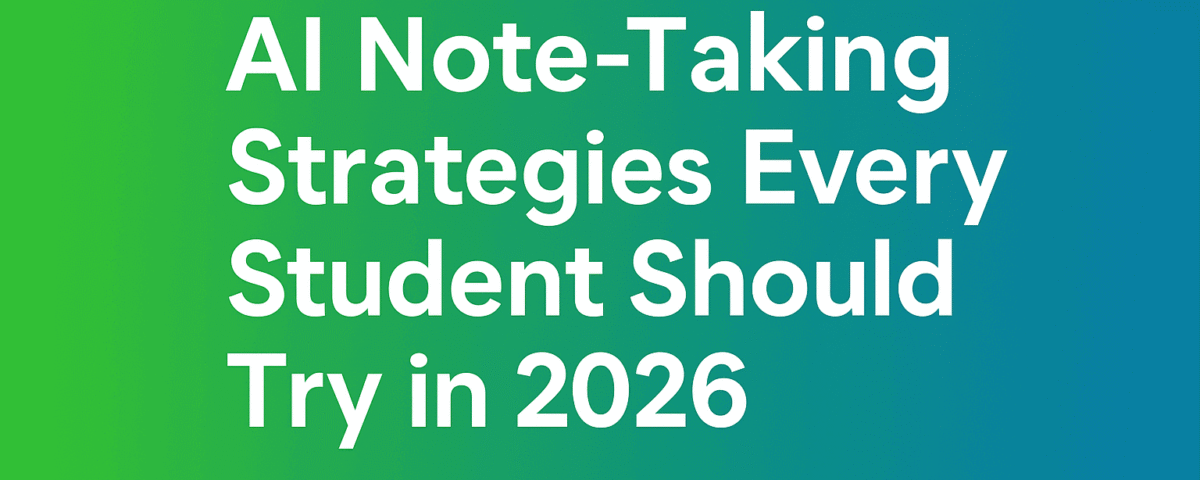
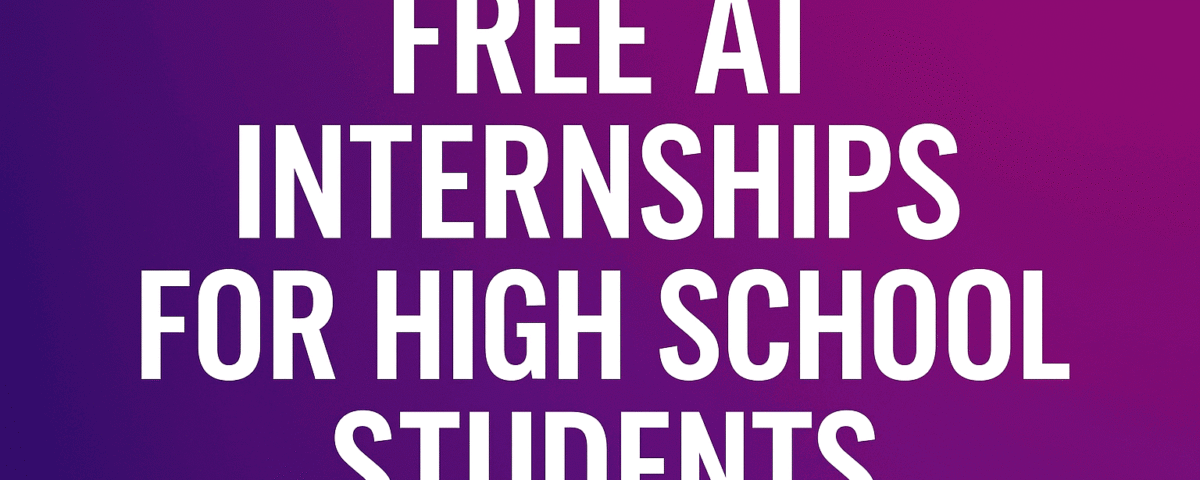

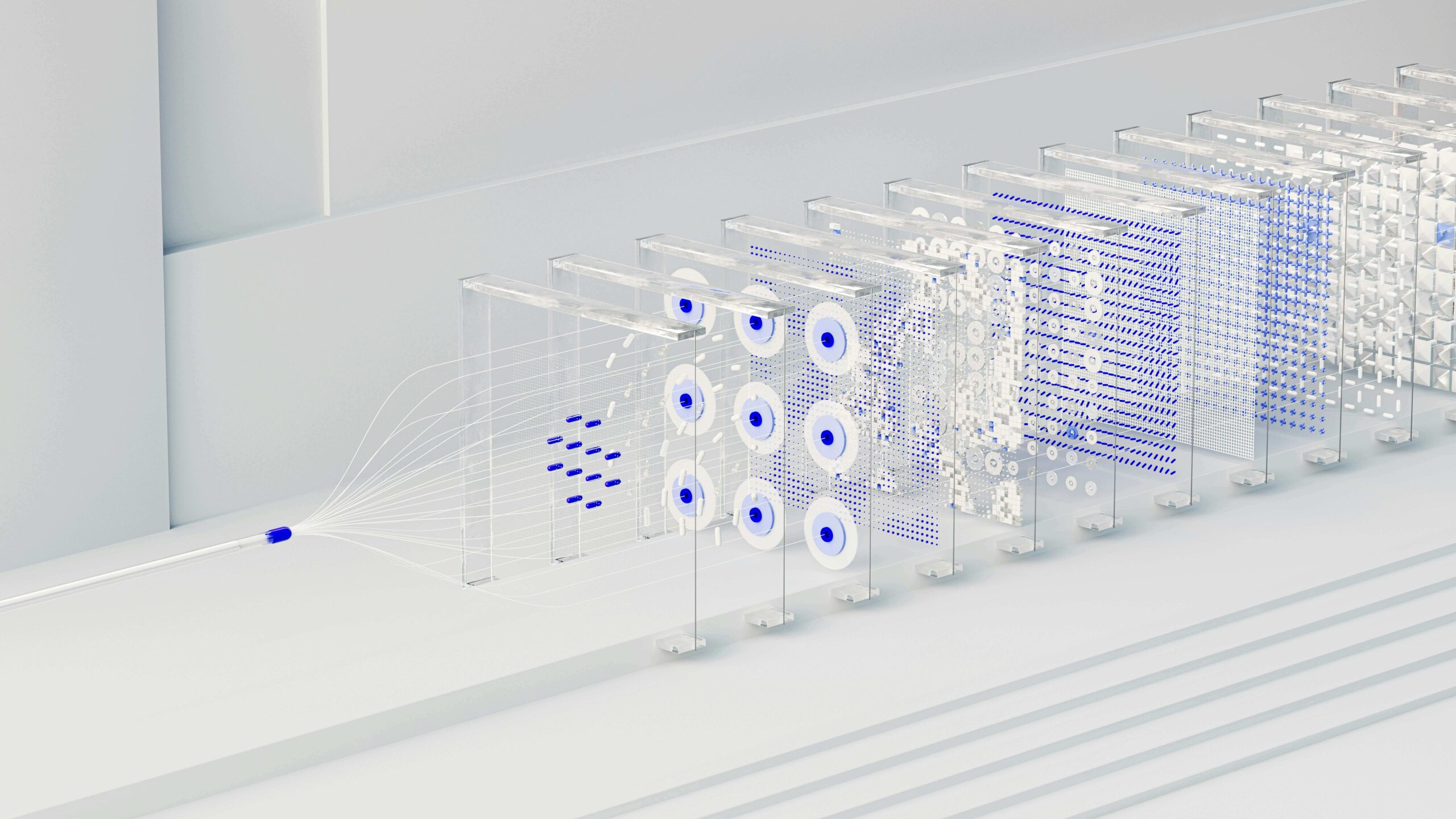
[…] Students Can Make Money Using AI Tools […]